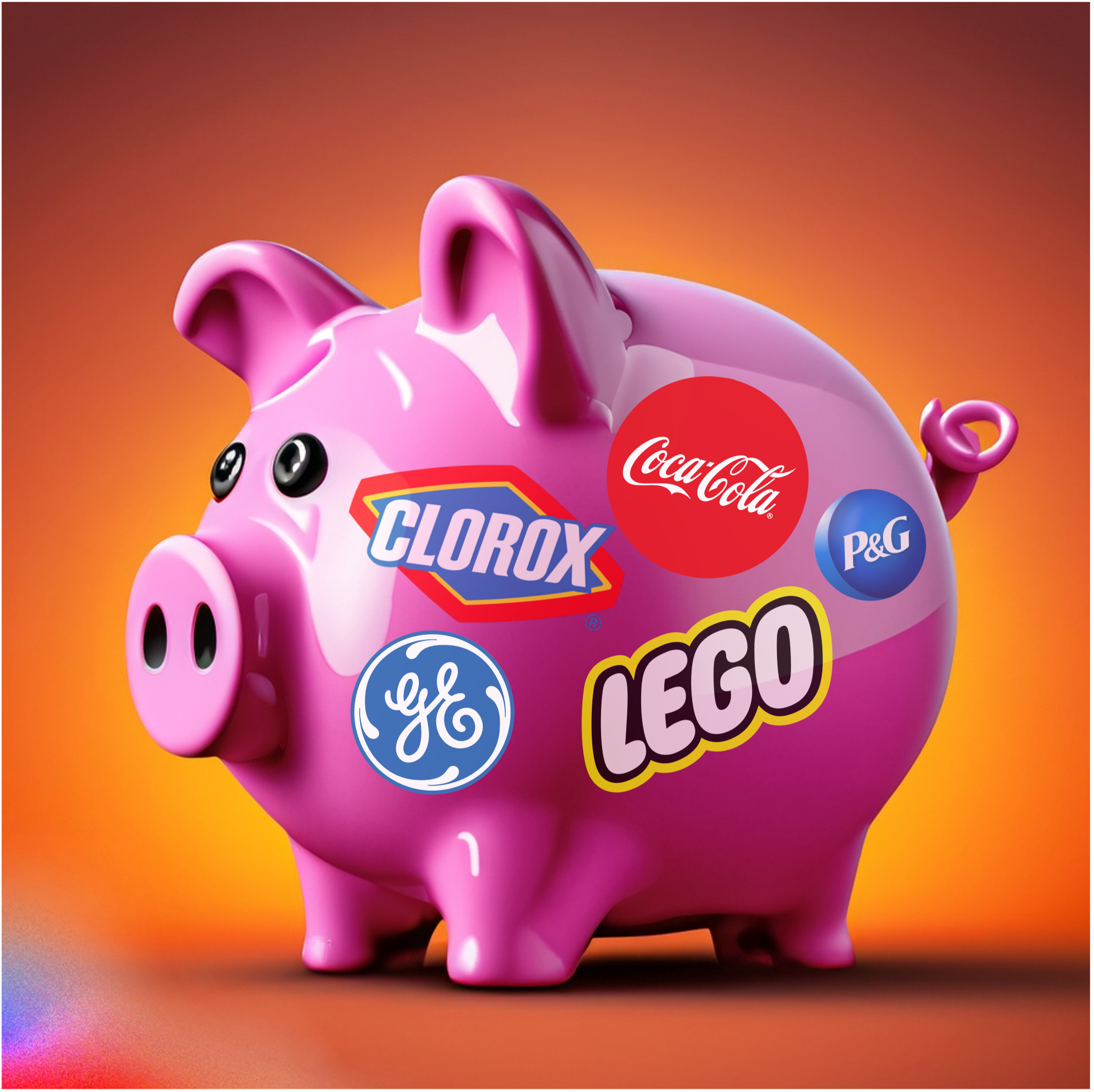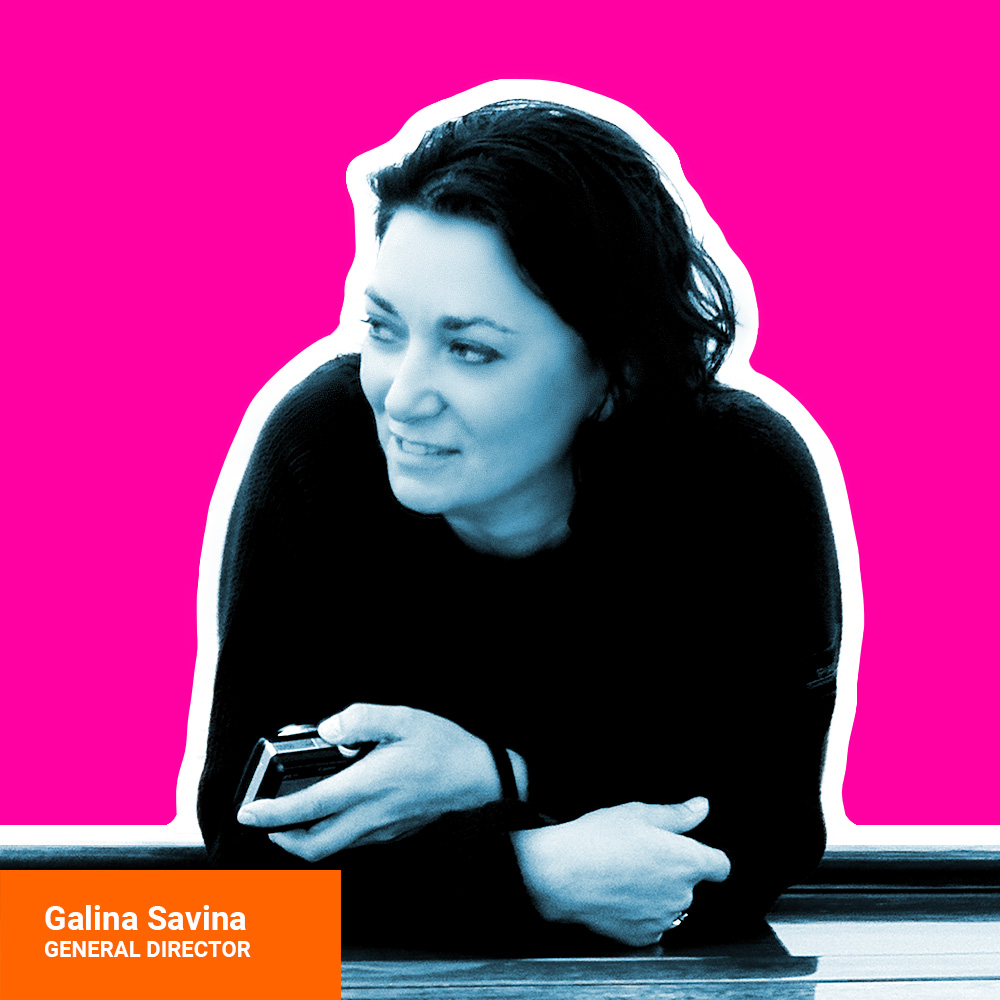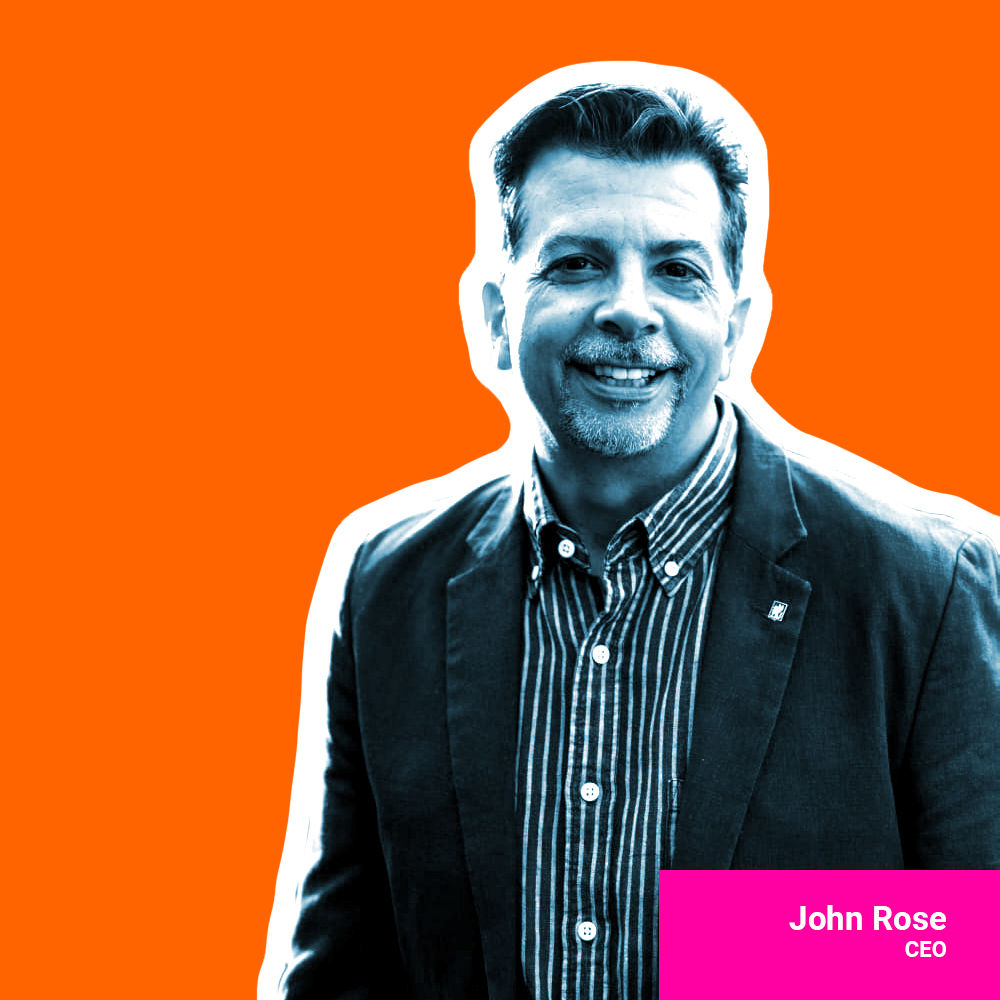
How Lego, Coca-Cola and Other Big Brands Are Using Crowdfunding as a Marketing Tool
One of the first successful instances of private crowdfunding occurred in 1997, when the British rock band, Marillion, funded their reunion tour through online donations from fans. Inspired by this innovative method of financing, ArtistShare became the first dedicated online crowdfunding platform in 2000.
Since then, crowdfunding has emerged as a dynamic practice revolutionizing how projects secure financial backing worldwide. The sector has been driven by major platforms such as Indiegogo and Kickstarter, as well as sites that target business segments, such as Seedinvest for startups, Mightycause for not-for-profits and Patreon for creative professionals. In each case, the model involves companies, or project initiators, making a pitch for a new product or business and a facilitating platform that manages investments from public backers, who often receive products or other incentives in return.
More recently, crowdfunding, once the bastion of entrepreneurs and startups seeking capital, has undergone a remarkable transformation. While it still serves as a means to secure funding, crowdfunding platforms have evolved into potent marketing tools, increasingly embraced by established brands to gain exposure and valuable market feedback. This strategic shift has not only reshaped how brands engage with consumers, but has also breathed new life into the concept of crowdfunding itself.
However, not everyone agrees that this metamorphosis is a good thing. Big brands and the platforms themselves have faced a certain amount of backlash from those who feel that cash-rich brands are taking unfair advantage of a system designed to finance cash-strapped entrepreneurs.
Crowdlearning and Crowdmarketing vs Crowdfunding
Irrespective of controversy, major brands continue to tap the potential of crowdfunding as a means to directly engage consumers, test novel ideas, and validate products before they hit the market. This approach challenges the traditional role of crowdfunding, as brands turn to platforms like Kickstarter and Indiegogo for a different kind of currency – consumer insights.
By effectively using the crowdfunding platforms’ communication tools, brands influence herding behavior to maximize their campaign’s effectiveness. Rather than focus on pleas to contribute more funds, they engage with backers via comments — encouraging suggestions, compliments and criticisms in order to improve their products and increase the success of their product launch.
A diverse range of brands and industries have found success using crowdfunding as a “crowdlearning” or “crowdmarketing” tool. Several exceptional examples highlight the transformative power of crowdfunding as a conduit for both market feedback and direct customer engagement.
Testing Waters and Winning Validation
Crowdfunding’s potential for market research and validation becomes evident when we examine how brands like FirstBuild, a unit of GE Appliances, utilize the platform. The manufacturer uses crowdfunding to gauge consumer interest in niche products by introducing potential products via crowdfunding, but only putting them into production if sufficient consumer interest is received. This strategy allows the brand to receive direct consumer validation while avoiding conventional market research approaches. What could be a more compelling reason to launch a new product than consumers voting with their wallets? By rallying support from the public, FirstBuild transformed their Opal Nugget Ice Maker from an innovative idea into a market-ready product.
Another standout example is the partnership between Clorox’s emerging brands division and Three Jerks Jerky. Clorox, a multi-billion-dollar enterprise, leveraged Kickstarter not for capital, but for exposure. The result? A collaborative venture that used crowdfunding to break the mold of conventional product launches. This novel approach allowed Clorox to forge personal connections with consumers while bypassing traditional product launch norms.
Queen Games, a prominent tabletop games publisher, ventured into crowdfunding with their campaign for the game Alhambra. Despite their established reputation in the gaming industry, Queen Games recognized crowdfunding’s potential to create a direct channel of communication with potential players. This initiative not only demonstrated Queen Games’ innovative spirit but also allowed them to engage enthusiasts and refine their product based on real-time feedback, enhancing the gaming experience in the process.
Grammy-winning R&B group TLC turned to the potential of crowdfunding for artistic endeavors – despite their established success. By leveraging Kickstarter, TLC engaged their fan base in a new and interactive way to fund their final album. But more than that, the campaign showcased the group’s continued relevance by encouraging fans to be part of the creative journey, effectively transforming supporters into active stakeholders.
Procter & Gamble, a consumer goods powerhouse, defied conventional wisdom by turning to crowdfunding platform Indiegogo to test the waters for their innovative shaving concept. Gillette’s heated razor, designed to replicate the sensation of a hot towel shave, wasn’t in need of funding. Rather, P&G sought to gauge demand and gather valuable consumer feedback. By leveraging the power of crowdfunding, P&G unveiled a bold strategy that shifted from conventional market research methods to direct engagement, enabling them to fine-tune their product before it hit the shelves.

Lego, an iconic brand synonymous with creativity, ventured into the crowdfunding realm with a distinct approach. Unlike P&G’s mature concept, Lego’s pilot project “Lego Forma” aimed to validate new ideas for products catering to adults. This open innovation strategy allowed Lego to tap into the enthusiasm of crowdfunding backers, fostering a dialogue that fueled creativity and enriched product development. This bold move exemplifies how established brands can leverage crowdfunding as a catalyst for not only refining concepts but also reaching new audiences.
Sony launched a crowdfunding campaign on Indiegogo for its Off-Ear Headphones, a novel headphone style that positions the speaker near, but without touching, the ear canal, leaving the ear safely uncovered while still delivering a rich sound experience. In addition to generating interest in the product, designers received valuable feedback and input on the product’s design during the campaign.
Coca-Cola demonstrated a more fluid utilization of crowdfunding with its campaign for Valser water. Coca-Cola aimed to gauge consumer interest and rapidly bring a new product to market. This approach showcased crowdfunding’s versatility as a tool for brands to quickly assess demand and fine-tune their offerings. By engaging the wider Indiegogo community, Coca-Cola not only gauged consumer sentiment but also used the insights to tailor their product to better resonate with consumers.
Collectively, these instances underline how crowdfunding has transcended its initial purpose, evolving into a pivotal platform for major brands to directly connect with consumers, refine their offerings, and shape the trajectory of their products. In doing so, crowdfunding bridges the gap between established brands and their target audience, fostering a mutually beneficial relationship that drives innovation and consumer engagement to new heights.
Navigating Benefits and Risks
While the path to innovation through crowdfunding is promising, there are potential pitfalls. Striking a balance between funding objectives and public perceptions is paramount. Brands must also navigate the risks of unveiling unfinished products and concepts to the public, as negative reactions can have repercussions. However, the value of crowdfunding as a source of rapid insights, one-on-one interactions with backers, and validation of ideas is undeniable.
There are inherent risks, such as the potential to dilute the core perception of crowdfunding platforms. Some critics argue that the involvement of established brands may overshadow emerging startups, eroding crowdfunding’s essence.
Personally, I don’t see how the company’s size would diminish the passion and commitment of those individuals involved. Labeling indie projects as more worthy than established ones seems arbitrary, as both should have equal opportunities. Frankly, the survival of platforms like Kickstarter depends on backers’ satisfaction, regardless of creator size. Whether small or large, delivering on promises is crucial. Kickstarter serves as a business for other businesses, making size irrelevant to the rest of us when deciding who is more deserving of our support.
Of course, to strike a balance, brands should approach crowdfunding thoughtfully. Selective engagement, prioritizing experimental products and strategic partnerships, can help brands maintain the unique value proposition of crowdfunding platforms.
Strategic Tips for Brands Considering Crowdfunding as a Marketing Tool
As brands contemplate the integration of crowdfunding into their marketing process, a nuanced approach becomes paramount. If you decide to leverage the potential of crowdfunding as a powerful tool for engagement and validation for your brand, several strategic considerations are key.
- Prioritize Experimentation and Innovation
Crowdfunding thrives on novel ideas that capture the imagination of backers. For established brands, this translates to a focused emphasis on experimental products, concepts, and ideas that defy the ordinary. Brands should harness the platform to test uncharted waters, daring to venture beyond the confines of their traditional product lines. By showcasing innovation through crowdfunding, brands can tap into the collective creativity of their audience, fostering a sense of excitement and shared ownership. - Cultivate Strategic Partnerships
Collaboration is a cornerstone of successful crowdfunding campaigns. For major brands, forging partnerships with complementary players or startups can inject fresh perspectives and dynamism into campaigns. These collaborations not only diversify the appeal of campaigns but also amplify the engagement potential. By joining forces, brands can attract a broader audience and enrich their campaigns with unique narratives that resonate with backers. - Embrace the Prototype Phase
Crowdfunding platforms excel at providing a sneak peek into the development process. Brands should resist the temptation to present polished products destined for imminent large-scale launches. Instead, they should consider showcasing prototypes and concepts that are at an advanced stage but remain open to refinements based on feedback. This transparent approach humanizes the brand and invites backers into the creative journey, fostering a sense of involvement and shared progress. - Preserve Authenticity and Innovation
The essence of crowdfunding lies in authenticity and innovation. Brands should exercise caution against adopting a generic marketing approach on these platforms. Backers seek fresh perspectives, inventive solutions, and unique stories. By adhering to these principles, brands can ensure that crowdfunding platforms remain a fertile ground for originality, innovation, and disruptive ideas. - Seek Genuine Engagement
Crowdfunding offers a rare opportunity for direct engagement with backers. Brands should leverage this privilege to foster meaningful interactions. Responding to comments, addressing concerns, and actively seeking feedback creates a two-way dialogue that enriches the campaign experience. This personal touch not only drives enthusiasm but also fuels loyalty among backers.
In essence, brands venturing into crowdfunding should embrace a mindset of exploration and authenticity. By prioritizing experimentation, embracing partnerships, and presenting prototypes that evolve based on feedback, brands can leverage crowdfunding as a dynamic avenue for engaging their audience and advancing innovative ideas. This strategic approach ensures that crowdfunding platforms continue to thrive as fertile grounds for originality, redefining how established brands connect with their customers and the world at large.



